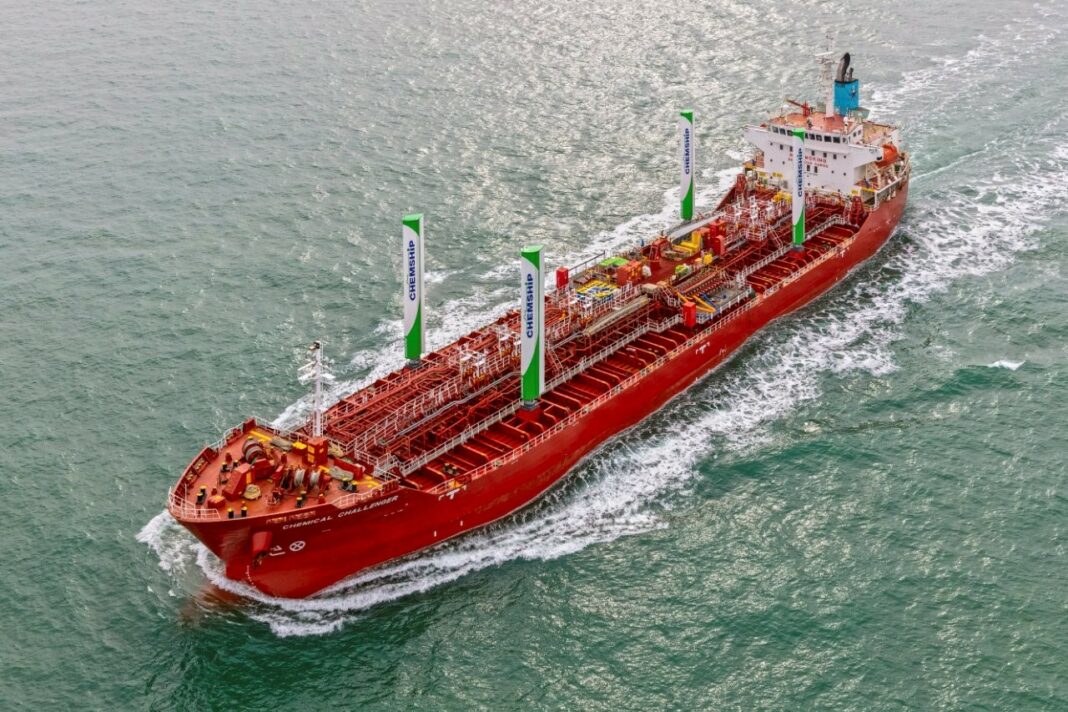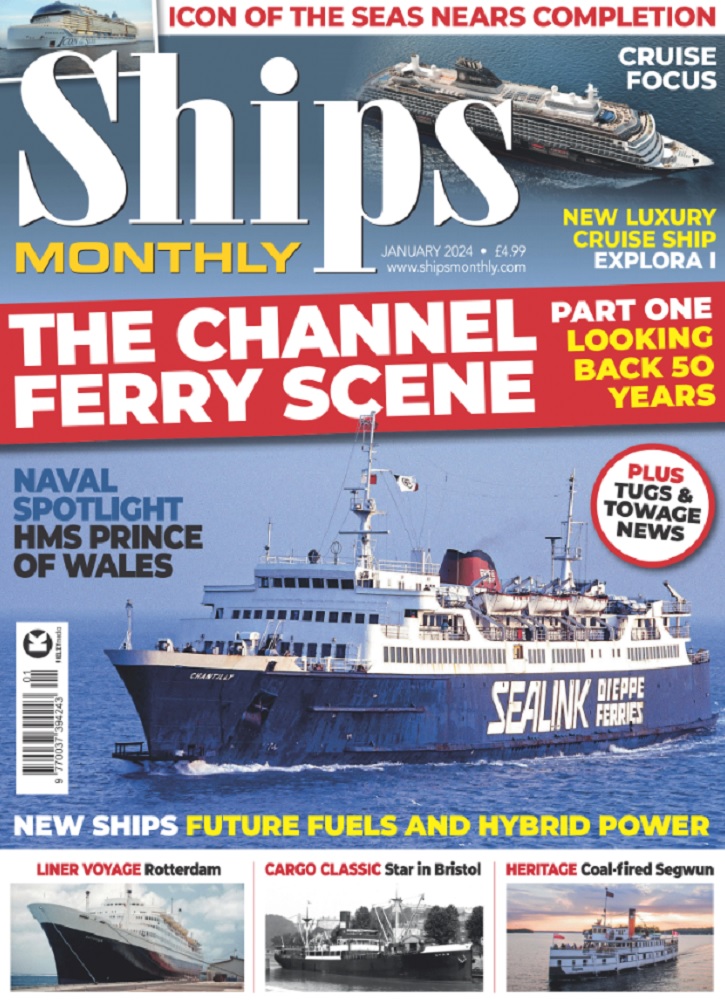Econowind has surpassed 100 VentoFoil units sold, marking a major milestone in the shipping industry’s shift towards Wind-Assisted Ship Propulsion.
The increasing adoption of the VentoFoil system reflects shipowners’ drive to cut fuel consumption, reduce CO₂ emissions, and comply with tightening global regulations.
Since the first two units were installed on Ankie in 2018, Econowind has steadily expanded its reach. Today, 32 VentoFoil units are in operation, 33 are currently in production or ready for installation, and another 37 are set for delivery in 2025.
The VentoFoil technology has been successfully deployed on bulk carriers, tankers, RoRo, and container vessels.
To meet growing demand, Econowind is scaling up production at its facility in Zeewolde. The expanded space and optimised processes allow for higher output and shorter lead times, ensuring more shipowners can benefit from VentoFoil technology.
This strategic move positions Econowind to ramp up manufacturing as the industry accelerates its shift toward low-carbon shipping solutions.
The VentoFoil range offers flexible solutions with 10m, 16m, 24m, and 30m versions, catering to various vessel sizes and operational needs. Next to the fixed mounts Econowind offers containerized and Flatrack VentoFoil units.
These can be easily transferred between vessels, making it a practical, scalable solution for shipowners looking to enhance efficiency and reduce carbon emissions while maintaining operational flexibility.
From 2025, FuelEU Maritime will tighten CO₂ reduction targets, rising from 2% to 80% by 2050. Shipowners using VentoFoil technology benefit from the Wind Reward Factor (WRF), which lowers their vessel’s reported emissions, making compliance with FuelEU Maritime, CII, and ETS regulations easier and more cost-effective.


